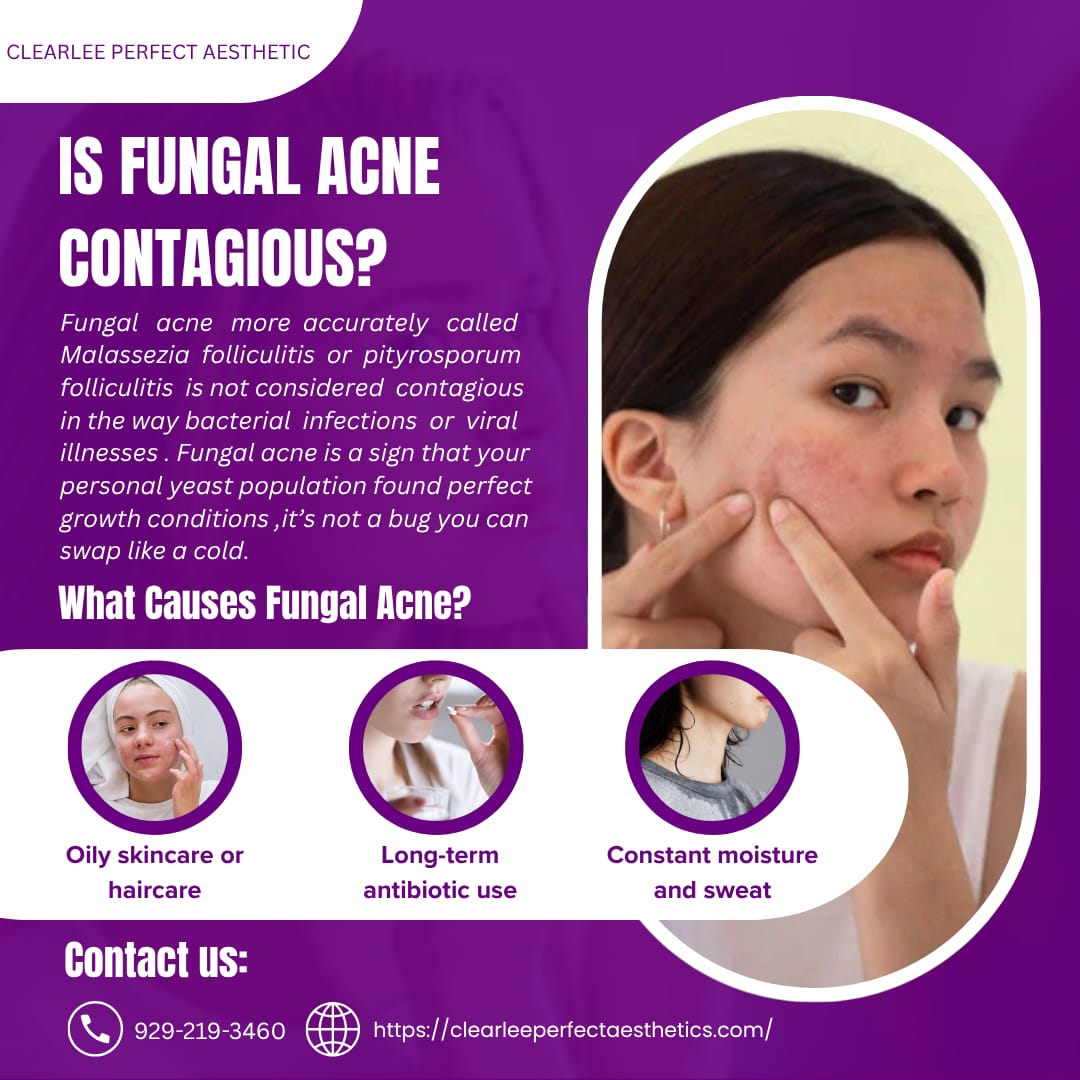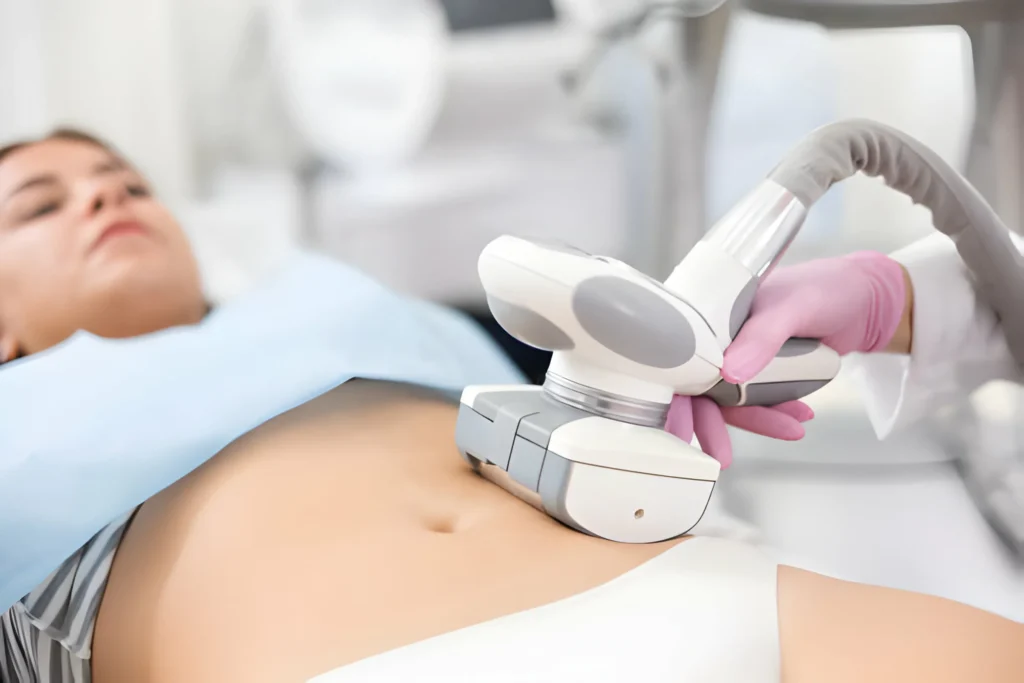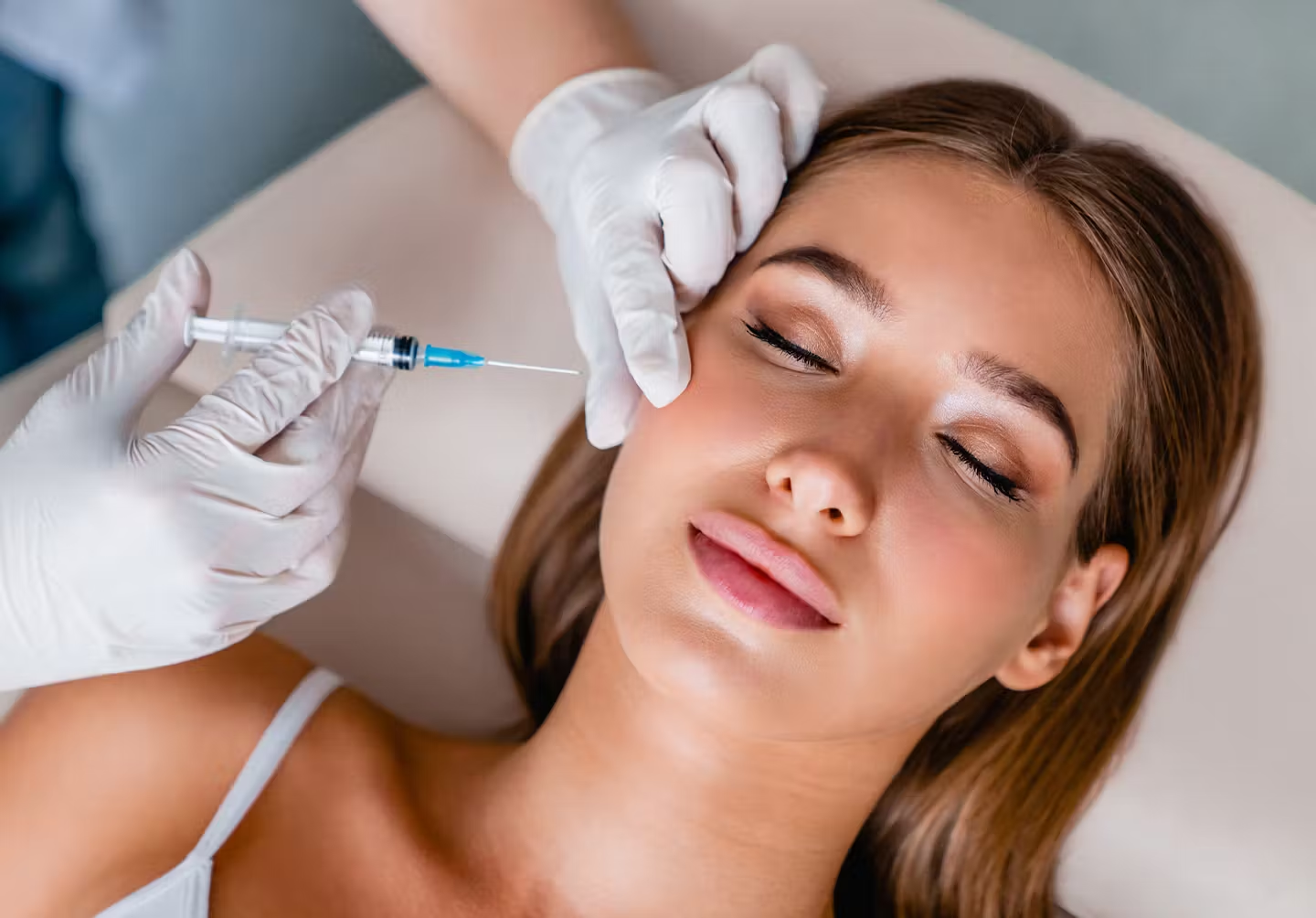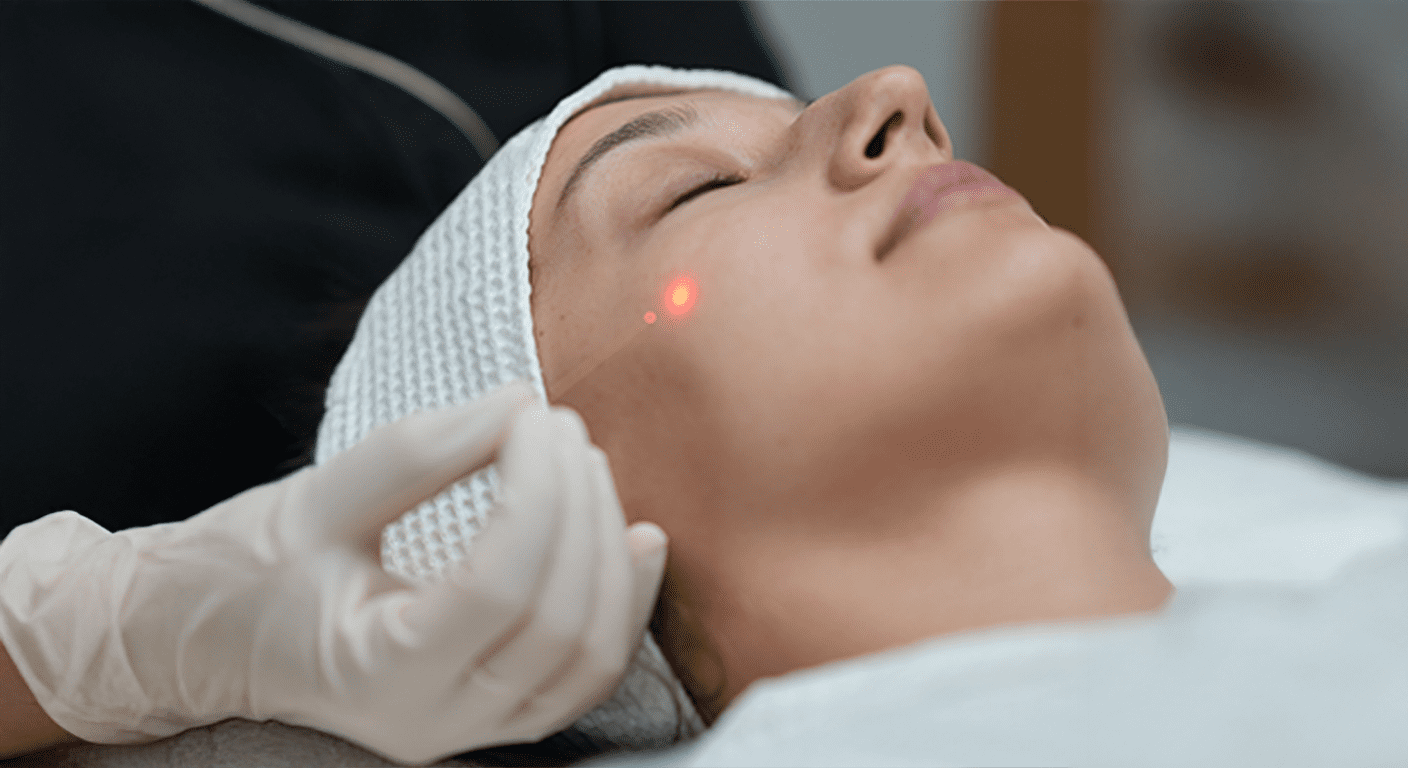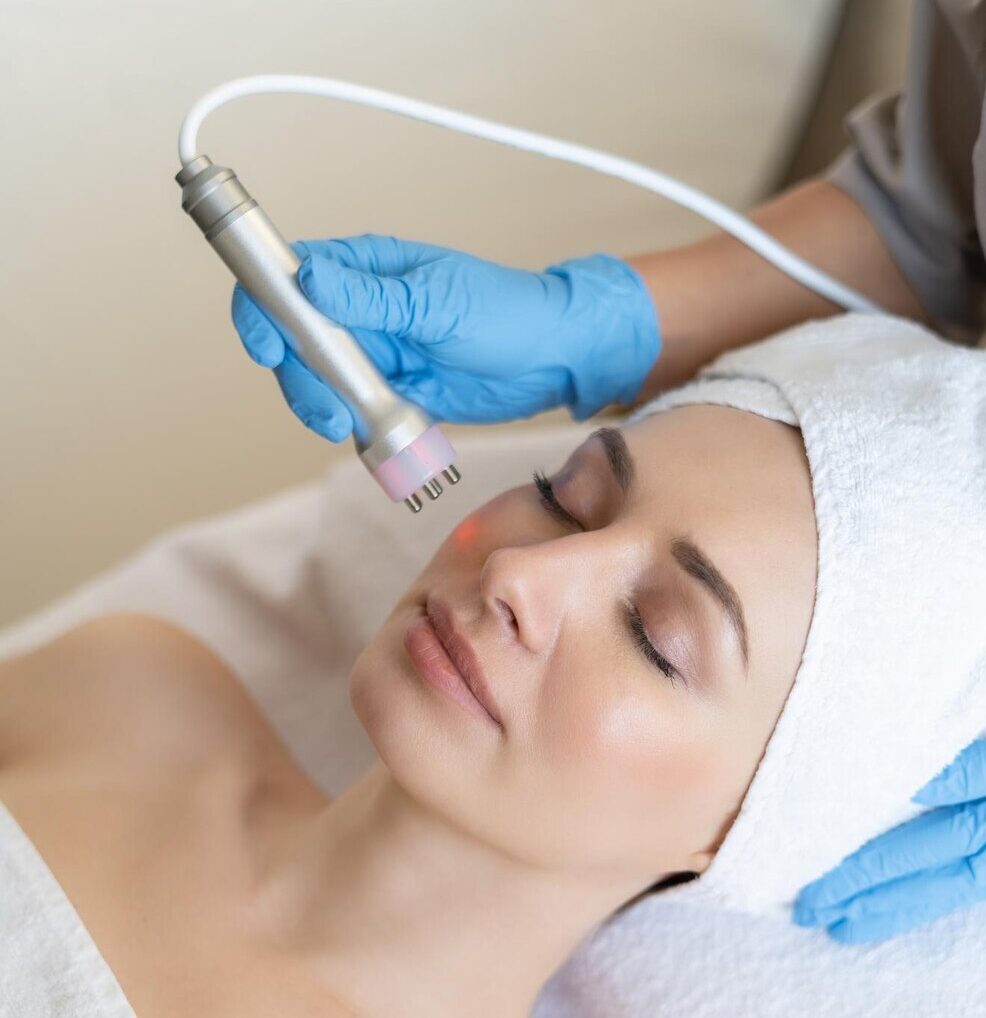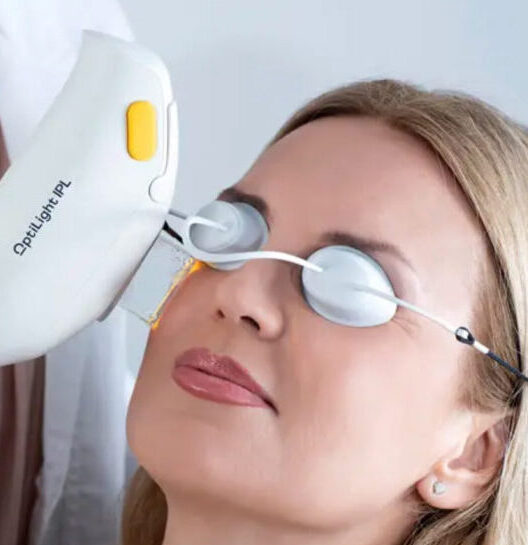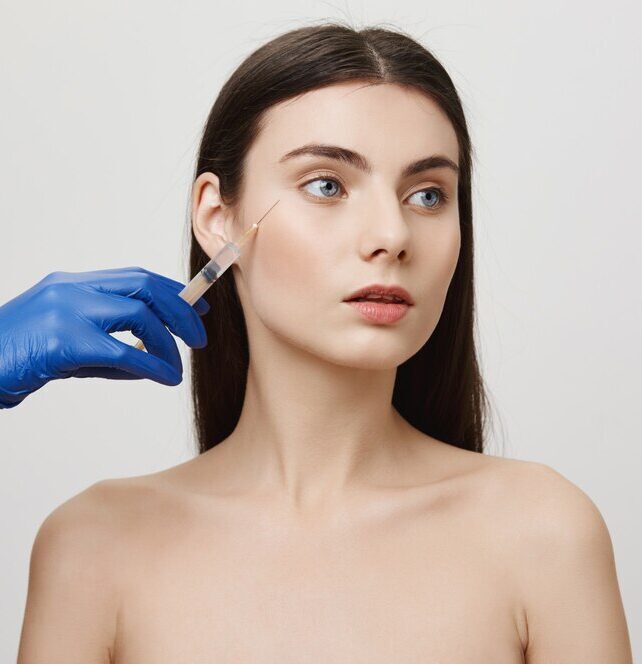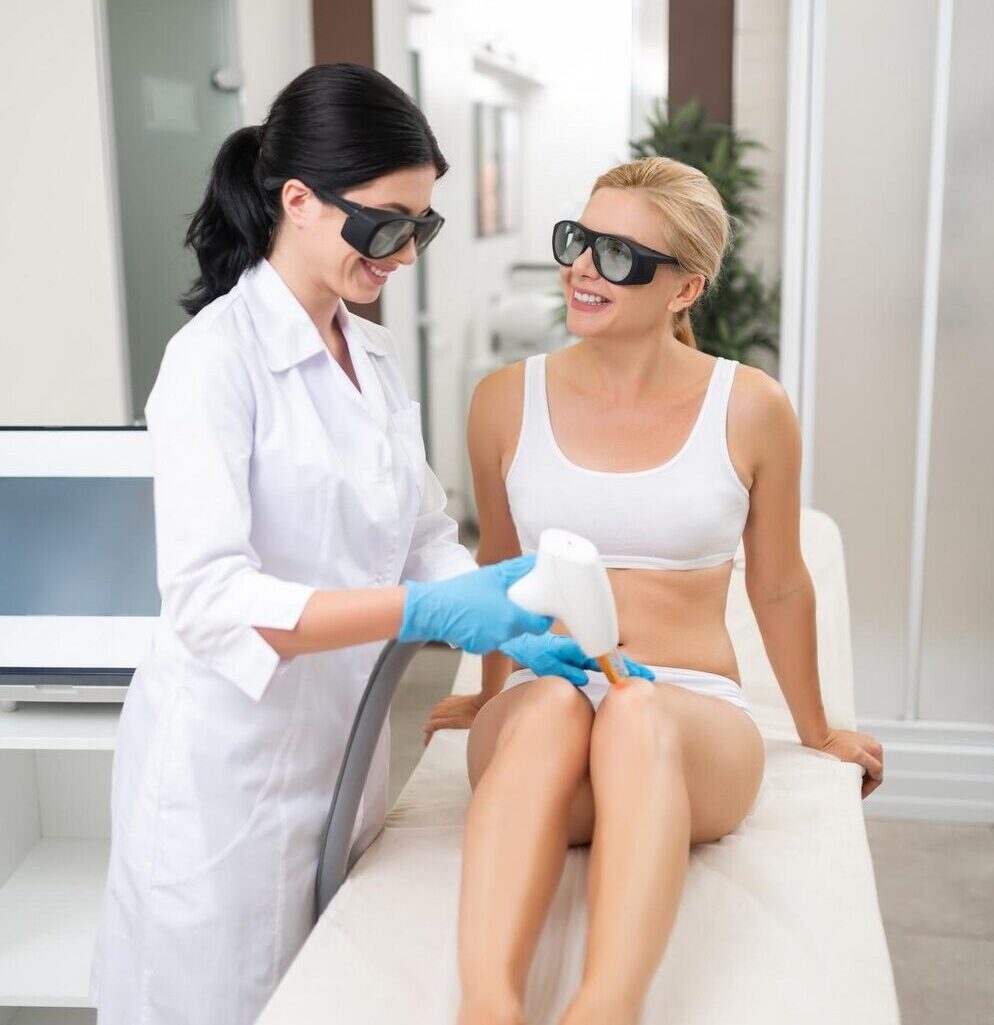Is Fungal Acne Contagious? A Fresh, In-Depth Guide Seeing row after row of itchy little bumps that refuse to calm down can be maddening, especially when the usual pimple-clearing lotions do absolutely nothing. These breakouts are often labeled “fungal acne” but that nickname hides a lot of important detail. Below you’ll find a completely new …
Is Fungal Acne Contagious? A Fresh, In-Depth Guide
Seeing row after row of itchy little bumps that refuse to calm down can be maddening, especially when the usual pimple-clearing lotions do absolutely nothing. These breakouts are often labeled “fungal acne” but that nickname hides a lot of important detail. Below you’ll find a completely new look at what fungal acne is, what causes fungal acne, is fungal acne contagious, how to get rid of fungal acne, and whether it truly hops from one person to the next. No tables, no jargon—just clear answers.
What Is Fungal Acne, Really?
Before we talk about contagion, let’s answer the question “what is fungal acne?” Dermatologists call it Malassezia folliculitis (or pityrosporum folliculitis). Instead of being driven by pore-clogging bacteria like classic zits, these bumps form when a yeast species named Malassezia multiplies inside hair follicles.
Because Malassezia already lives on every human’s skin, the problem isn’t “catching” something new, it’s an imbalance. When yeast growth outpaces the good bacteria that normally keep it under control, follicles swell and create clusters of uniform, often-itchy papules. Common real-estate for these blemishes includes the forehead, temples, upper back, and chest places that heat up and stay a bit sweaty.
Unlike traditional spots, fungal bumps rarely respond to salicylic acid, benzoyl peroxide, or standard antibiotic creams. Recognizing that difference is the first crucial step toward successful fungal acne treatment.
What Causes Fungal Acne?
Several overlapping triggers let yeast throw a party on your skin. Here are the biggest culprits:
- Constant moisture and sweat
Athletes, hot-yoga enthusiasts, and people living in steamy climates often notice flare-ups after training sessions or long summer days. - Tight, non-breathable fabrics
Lycra leggings, synthetic sports bras, or heavy backpacks trap warmth and moisture, giving Malassezia an all-you-can-eat buffet. - Rich, oily skincare or haircare
Coconut oil, heavy body butters, and comedogenic sunscreens can feed the yeast directly. - Long-term antibiotic use
While antibiotics wipe out troublesome bacteria, they can also eliminate the “good guys,” letting yeast overgrow unchecked. - Lowered immunity or chronic stress
When your immune system is busy fighting illness—or running on empty due to stress—skin defenses weaken, giving yeast a head start.
Understanding what causes fungal acne is your map to prevention: reduce these triggers and you’ll slash the odds of another outbreak.
Is Fungal Acne Contagious?
On to the million-dollar question: is fungal acne contagious? The satisfying answer is “not in the way flu or pink eye spreads.” Remember, the Malassezia yeast is a normal resident on basically everyone’s skin. You cannot “catch” new yeast from a quick hug, a shared pillow, or even borrowing a friend’s hoodie for a night.
So why do rumors persist? Two reasons:
- Shared environments
Locker rooms, unwashed gym equipment, or communal hot tubs create identical warm-moist conditions for multiple people. Several friends might break out at once, leading them to assume they spread it among themselves when in reality, each person’s own yeast simply went into overdrive. - Misinformation
Because the word “fungal” often conjures images of athlete’s foot or ringworm both contagious conditions—people lump everything with the word “fungus” into the same basket.
Bottom line: fungal acne does not pass from skin to skin like a viral rash. It erupts when local conditions allow yeast to flourish. Fix those conditions, and the bumps calm down.
How to Get Rid of Fungal Acne: A Practical Roadmap
If you’ve been chasing bacterial treatments with zero luck, try these targeted steps for a true fungal acne treatment plan:
- Wash fast after sweating
Hop into the shower within 30 minutes of intense activity. A gentle, sulfate-free cleanser removes sweat without stripping the barrier. - Mask with antifungal shampoo
Twice a week, smooth a thin layer of ketoconazole 2% or selenium sulfide 1% shampoo over the affected areas. Let it sit five minutes before rinsing. - Lighten your skincare
Swap thick moisturizers for feather-weight, water-based gels. Read ingredient decks and skip fatty acids or esters known to feed Malassezia. - Dress for airflow
Choose cotton tees, moisture-wicking athletic gear, and loose silhouettes. Change out of damp clothes as soon as possible. - Consider a quick oral course
Stubborn or widespread cases sometimes need prescription fluconazole or itraconazole tablets. Only a dermatologist can confirm the right dose and duration. - Support your microbiome
Balanced skin loves a balanced gut. Some people find that adding probiotics or fermented foods helps nudge yeast back into its lane.
Preventing the Next Flare-Up
Once you’re clear, maintenance keeps things that way:
- Rotate an antidandruff shampoo as a body wash once a week during hot seasons.
- Launder towels, sheets, and workout gear in hot water; never stash damp items in your gym bag.
- Limit antibiotics to cases where they’re medically required, and follow with probiotic support.
- Manage stress through sleep, exercise, or mindfulness—an under-appreciated yet real piece of the puzzle.
Consistent, reasonable habits beat the cycle of flare-up, treatment, flare-up again.
Is Fungal Acne Contagious—just misunderstood!
If the question “is fungal acne contagious?” kept you awake at night, exhale: the answer is no. Fungal acne is a sign that your personal yeast population found perfect growth conditions—it’s not a bug you can swap like a cold. Focus on cooling down sweaty skin, choosing breathable fabrics, and using true antifungal ingredients, and you’ll master how to get rid of fungal acne and keep it from stealing the spotlight again.
Healthy & balanced skin is within reach. Listen to what these bumps are telling you, make strategic changes, and enjoy life without the itch. Contact ClearLee Perfect Aesthetics for clear & bright skin!

